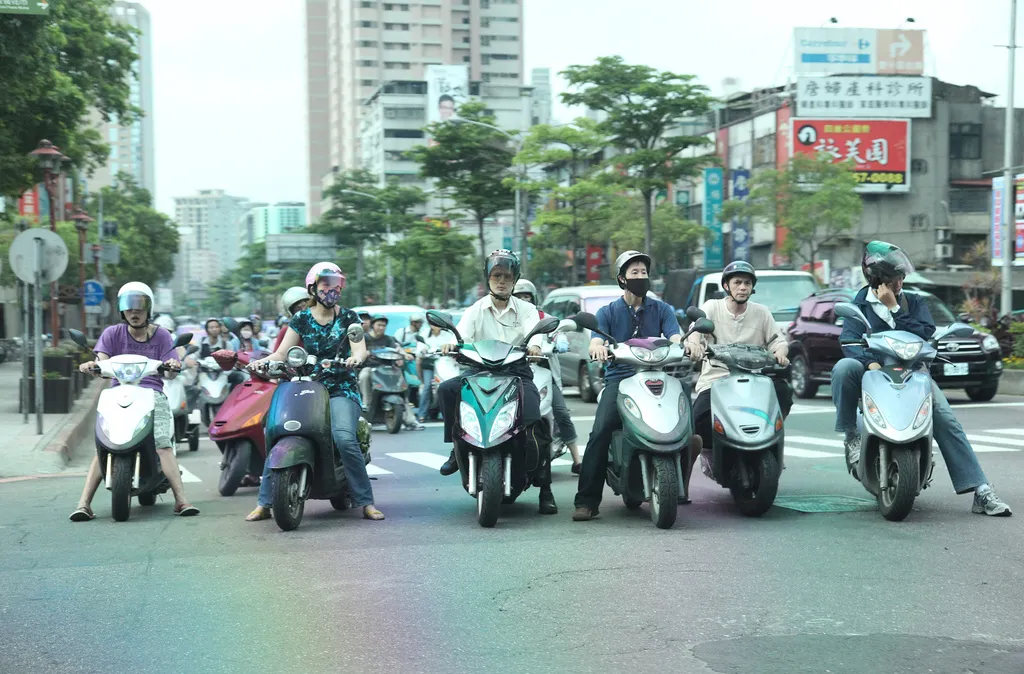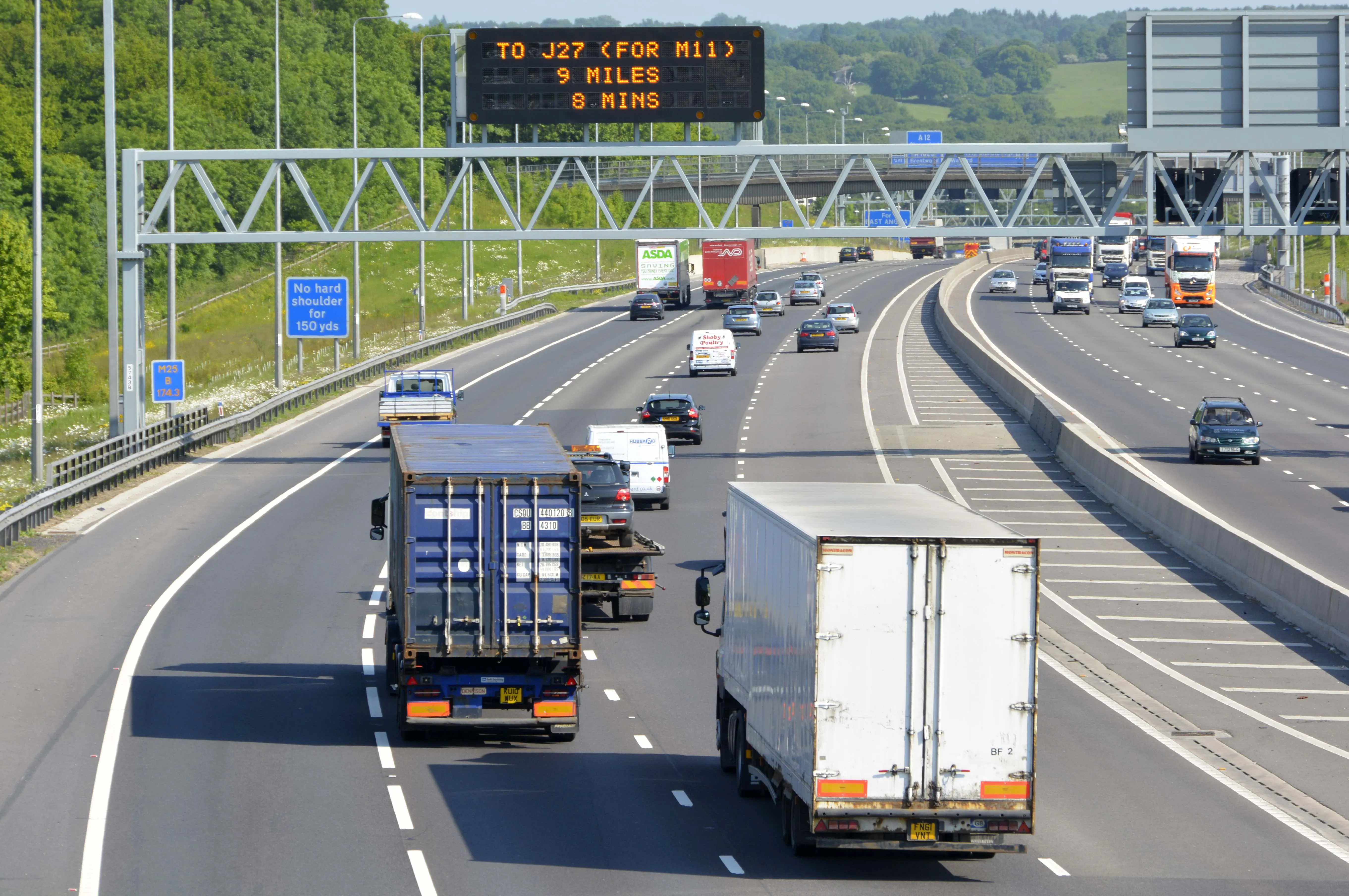New cameras designed for catching red-light beaters are being put on trial by the Singaporean traffic police. The state-of-the-art cameras are being tested at three sites: one in Victoria Street and two along Thomson Road. The new cameras are said to be able to react faster and capture sharper images. They also enable remote downloading, which helps ease traffic police enforcement efforts. Currently, the cameras that have been set up at around 240 traffic junctions throughout the city-state require physical
February 5, 2013
Read time: 2 mins
New cameras designed for catching red-light beaters are being put on trial by the Singaporean traffic police. The state-of-the-art cameras are being tested at three sites: one in Victoria Street and two along Thomson Road. The new cameras are said to be able to react faster and capture sharper images. They also enable remote downloading, which helps ease traffic police enforcement efforts. Currently, the cameras that have been set up at around 240 traffic junctions throughout the city-state require physical downloading of images at each site. According to S Iswaran, the island republic's second minister for Home Affairs and Trade and Industry, bad driving habits will be curbed with the installation of additional speed and red-light cameras.
Meanwhile, the6101 Land Transport Authority has conducted a pilot to test the use of CCTV cameras for monitoring of illegal parking to decrease the need for parking wardens. Also, there are plans to toughen the enforcement of speeding offences using cameras. A minimum US$161.22 fine (SGD 200) fine and 12 demerit points are imposed as a penalty for running a red light.
Meanwhile, the







